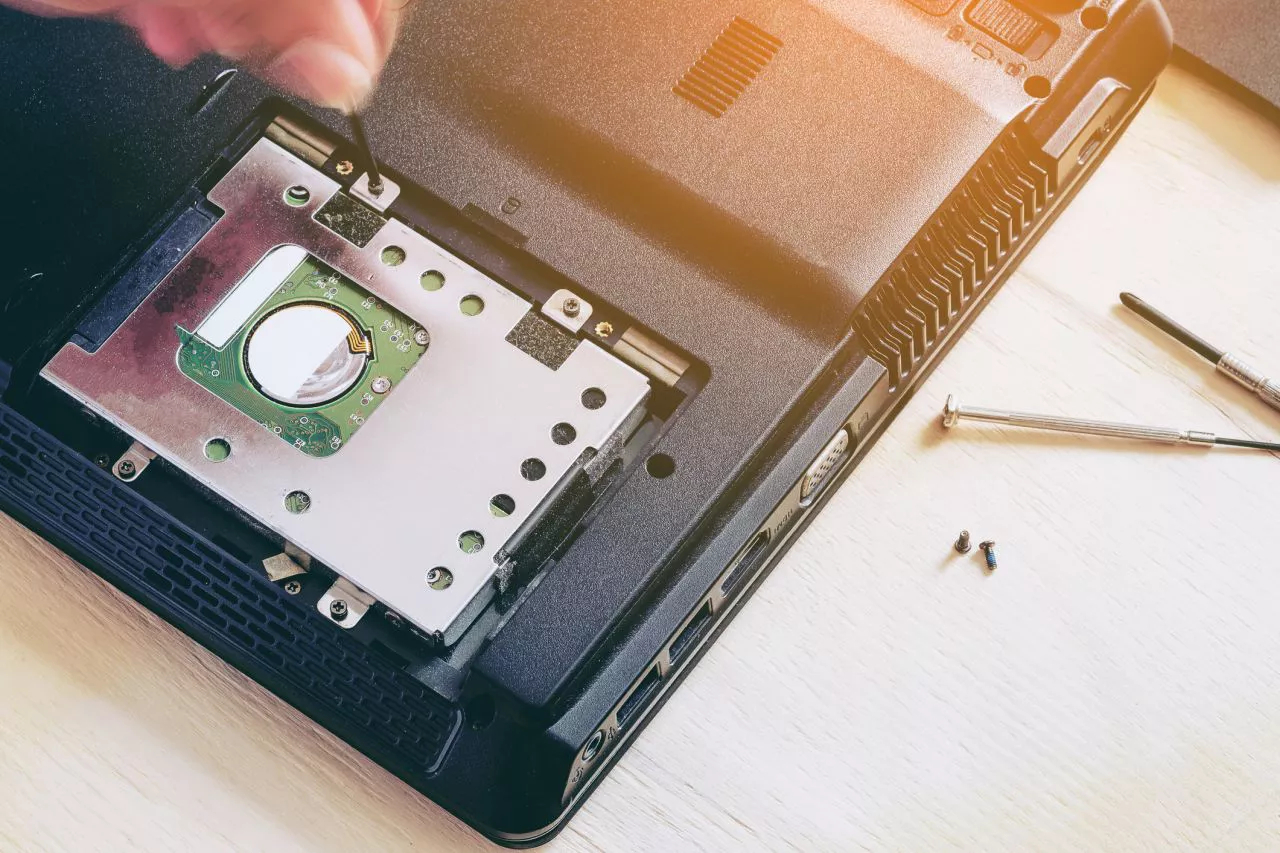

Articles
How To Add Storage To A Laptop
Modified: January 19, 2024
Learn how to add extra data storage to your laptop and boost its capacity with our step-by-step guide. Maximize your device's potential with easy to follow instructions.
(Many of the links in this article redirect to a specific reviewed product. Your purchase of these products through affiliate links helps to generate commission for Storables.com, at no extra cost. Learn more)
Introduction
As technology advances and our digital data continues to grow, it’s not uncommon to find ourselves running out of storage space on our laptops. Whether you’re a student, a professional, or someone who enjoys multimedia entertainment, having enough storage on your laptop is crucial for storing files, documents, photos, videos, and more.
In this article, we will explore various options for adding storage to your laptop. From external storage solutions to internal upgrades, we will guide you through the different possibilities so you can choose the right method for your needs. So, if you’re ready to expand your laptop’s storage capacity and ensure you never run out of space again, let’s get started!
Key Takeaways:
- Assessing your laptop’s storage needs, considering budget and compatibility, and planning for future scalability are crucial steps before adding storage. Whether opting for external or internal solutions, proper assessment ensures the right choice for your needs.
- When adding storage to your laptop, evaluating storage options such as USB flash drives, external hard drives, NAS, SSDs, HDDs, and SSHDs is essential. Each option offers unique benefits, and considering factors like speed, capacity, and compatibility is key to making an informed decision.
Read more: How To Add Epson Printer To Laptop
Assessing Your Laptop’s Storage Needs
Before diving into the different options for adding storage to your laptop, it’s important to assess your current storage needs. Understanding how much storage space you require will help you determine the most suitable solution.
Start by analyzing the existing storage on your laptop. Check the available space on your hard drive or SSD and evaluate how much of it is already occupied. Take note of the types of files and applications that are taking up the most space. This information will give you an idea of what you need to accommodate.
Consider your usage patterns and requirements. Are you frequently dealing with large files, such as HD videos or graphics-intensive applications? Do you need fast access to your files on the go? These factors will help determine the type of storage solution that best suits your needs.
Keep in mind your budget and compatibility factors. Different storage options have varying costs and may require specific interfaces or compatibility with your laptop’s hardware. Make sure you consider your budget constraints and verify that the option you choose is compatible with your laptop.
Finally, think about the future. As your storage needs continue to grow, it’s important to choose a solution that allows for scalability. Opting for an option that can be easily expanded or upgraded in the future will save you from having to invest in a new storage solution sooner than expected.
By assessing your laptop’s storage needs, you’ll be better equipped to make an informed decision about the best storage option to add to your laptop. So, let’s explore the different options available to you!
External Storage Options
If you’re looking for a simple and straightforward way to add more storage to your laptop, external storage devices are a great solution. These portable devices connect to your laptop via USB or other interfaces, providing you with additional storage space to store your files and data.
Here are three popular external storage options to consider:
1. USB Flash Drive: USB flash drives, also known as thumb drives, are compact and portable devices that offer varying storage capacities. They can be easily plugged into a USB port on your laptop, allowing you to transfer and store files quickly. USB flash drives are a convenient option for carrying important documents, media files, and other small-sized data with you on the go.
2. External Hard Drive: External hard drives come in different sizes and capacities, ranging from a few hundred gigabytes to several terabytes. These drives connect to your laptop via USB or Thunderbolt ports, offering a large amount of storage space for storing large files, multimedia content, backups, and more. External hard drives are ideal if you need ample storage capacity or if you want to create regular backups of your laptop’s data.
3. Network Attached Storage (NAS): NAS devices are essentially external storage drives that connect to your laptop via your home or office network. These devices offer advanced capabilities, such as file sharing, media streaming, and automated backups. NAS devices are ideal for users who need to access their files from multiple devices or share files with others in a local network environment.
When choosing an external storage option, consider factors such as storage capacity, portability, transfer speed, and compatibility with your laptop. Additionally, make sure to protect your external storage devices by keeping backups and using appropriate security measures to safeguard your data.
Now that we’ve explored external storage options, let’s move on to the possibilities of adding storage internally to your laptop.
USB Flash Drive
A USB flash drive is a small, portable storage device that offers a convenient way to add extra storage space to your laptop. These drives come in various storage capacities, ranging from a few gigabytes to several terabytes, allowing you to choose the one that best fits your needs.
Adding storage to your laptop using a USB flash drive is quick and easy. Simply plug the flash drive into a USB port on your laptop, and it will be instantly recognized as a removable storage device. You can then transfer files, documents, photos, videos, and other data to the flash drive for safekeeping or to free up space on your laptop’s internal storage.
USB flash drives are not only portable and lightweight but also offer fast data transfer speeds. With USB 3.0 or higher interfaces, you can enjoy rapid file transfers and access your data without any significant delays.
There are a few things to consider when choosing a USB flash drive for adding storage to your laptop:
- Storage Capacity: Evaluate your storage needs and choose a flash drive with an appropriate storage capacity. If you mainly work with documents and small files, a lower capacity such as 32GB or 64GB may suffice. However, if you need to store large media files or run applications directly from the flash drive, consider a higher capacity option.
- USB Interface: USB flash drives generally come with USB 2.0, USB 3.0, or USB 3.1 interfaces. Opt for a drive with USB 3.0 or higher to take advantage of faster data transfer speeds.
- Brand and Reliability: Choose a reputable brand when purchasing a USB flash drive to ensure a reliable and durable product. Look for customer reviews and ratings to gauge the quality and performance of the flash drive.
A USB flash drive is a versatile and affordable option for adding storage to your laptop. It allows for easy data transfer, portability, and can be used across different devices. However, keep in mind that USB flash drives may have limitations in terms of storage capacity compared to other external storage options.
Now that you’re familiar with USB flash drives, let’s move on to exploring the next external storage option: the external hard drive.
External Hard Drive
If you require a significant amount of storage space and the ability to store large files, an external hard drive is an excellent solution for adding storage to your laptop. These drives offer ample capacity and can be easily connected to your laptop via USB or Thunderbolt ports.
Here are a few key benefits of using an external hard drive:
- Storage Capacity: External hard drives come in a range of storage capacities, from a few hundred gigabytes to several terabytes. They offer plenty of space to store your documents, photos, videos, music, and other data-intensive files.
- High-Speed Data Transfer: Most external hard drives support fast data transfer rates, especially if you opt for ones with USB 3.0 or Thunderbolt interfaces. This means you can quickly transfer large files without experiencing significant delays.
- Portability: While external hard drives are larger than USB flash drives, they are still portable and compact enough to be carried around. You can easily store them in a bag or pocket and connect them to your laptop whenever you need access to your files.
- Backup Solutions: External hard drives often come with software that enables you to set up automatic backups for your laptop’s data. This ensures that your files are regularly backed up and protected from loss or accidental deletion.
When choosing an external hard drive, consider the following factors:
- Storage Capacity: Determine how much storage space you require and choose an external hard drive with an appropriate capacity.
- Connectivity: Ensure that the external hard drive is compatible with your laptop’s USB or Thunderbolt interface.
- Speed: If you regularly work with large files or run applications directly from the external hard drive, consider drives that offer faster data transfer speeds.
- Reliability: Look for reputable brands known for their reliability and durability. Customer reviews and ratings can help you gauge the quality and performance of the external hard drive.
An external hard drive is an ideal choice if you need a large amount of storage capacity and want the flexibility to easily transfer and access your data. Whether you use it for backup purposes, multimedia storage, or as additional workspace, an external hard drive can greatly expand your laptop’s storage capabilities.
Now, let’s move on to exploring the next external storage option: Network Attached Storage (NAS).
Read more: How To Add Printer To Dell Laptop
Network Attached Storage (NAS)
If you’re looking for a more advanced and robust solution for adding storage to your laptop, Network Attached Storage (NAS) is worth considering. NAS devices are essentially external storage drives that connect to your laptop through your home or office network.
Here are some key advantages of using a NAS:
- Centralized Storage: NAS devices provide centralized storage that can be accessed by multiple devices connected to the same network. This means you can store and access your files from different computers, laptops, smartphones, and tablets without having to physically connect the storage device to each device.
- File Sharing: With a NAS, you can easily share files and collaborate with others on the network. This is especially useful for small businesses or households where multiple users need access to shared files and documents.
- Data Redundancy: NAS devices often offer built-in RAID (Redundant Array of Independent Disks) configurations, allowing for data redundancy and protection against drive failures. This ensures that your data remains safe even if one or more hard drives within the NAS fail.
- Remote Access: Many NAS devices come with remote access capabilities, allowing you to access your files from anywhere using the internet. This is particularly handy when you need to retrieve or edit files when you’re away from your laptop or office.
When considering a NAS for adding storage to your laptop, keep the following factors in mind:
- Storage Capacity: NAS devices offer a range of storage capacities, so choose one based on your current and future storage needs.
- Drive Bays: Consider the number of drive bays the NAS device has. This determines how many hard drives you can install to increase storage capacity or set up RAID configurations.
- Connectivity: Ensure that the NAS device has the necessary network connectivity options, such as Ethernet or Wi-Fi, to seamlessly integrate with your laptop’s network.
- Software Features: Look for NAS devices with user-friendly interfaces and a variety of software features, such as automated backups, media streaming, and integration with popular cloud services.
- Security: NAS devices may offer various security features, such as user access controls, encryption, and firewall protection. Consider the level of security that aligns with your needs.
Network Attached Storage (NAS) provides a flexible and scalable solution for adding storage to your laptop, especially for users who work in collaborative environments or require remote access to their files. It offers advanced features that cater to a wide range of storage needs.
Now that we’ve explored external storage options, let’s shift our focus to adding storage internally to your laptop.
Consider adding an external hard drive or a USB flash drive to increase storage on your laptop. You can also replace the internal hard drive with a larger one or add a solid-state drive for faster performance.
Internal Storage Options
If you want to add storage to your laptop without relying on external devices, internal storage options offer a more permanent and integrated solution. Upgrading or adding internal storage can provide you with a significant boost in storage capacity and performance.
Here are three popular internal storage options for laptops:
1. Upgrading with Solid State Drive (SSD): Upgrading your laptop’s storage with a solid-state drive (SSD) can greatly enhance its performance and storage capacity. SSDs are faster and more reliable than traditional hard drives (HDDs), offering quicker boot times, faster file transfers, and improved overall responsiveness. SSDs are available in various capacities, allowing you to choose the size that suits your needs. Upgrading to an SSD involves replacing your laptop’s existing storage drive, so it’s important to ensure compatibility and consider data migration or backups.
2. Replacing or Adding an Internal Hard Drive: If you have a laptop with a traditional hard drive (HDD) and need more storage space, you can replace or add another internal hard drive. This involves physically replacing the existing hard drive or adding a secondary hard drive if your laptop supports multiple drive bays. Internal hard drives offer large storage capacities at a more affordable price compared to SSDs but are slower in terms of read and write speeds.
3. Installing a Hybrid Drive (SSHD): Hybrid drives, also known as SSHDs, combine the benefits of SSDs and HDDs into a single drive. They feature a small amount of solid-state storage for faster access to frequently used files, along with a larger traditional hard drive for additional storage. SSHDs automatically store frequently accessed data on the SSD portion, providing a good balance between speed and storage capacity. Installing an SSHD involves replacing the laptop’s existing hard drive, similar to upgrading to an SSD.
When considering internal storage options, keep the following factors in mind:
- Storage Capacity: Determine your storage needs and choose a drive with adequate capacity. SSDs and HDDs come in various sizes, so select one based on your requirements.
- Speed and Performance: SSDs offer significantly faster speeds compared to HDDs, resulting in quicker file transfers and improved system responsiveness. Consider the performance benefits you desire when choosing between SSDs and HDDs.
- Compatibility: Check your laptop’s specifications and compatibility requirements before purchasing an internal storage drive. Consider factors such as form factor, interface (e.g., SATA, NVMe), and physical dimensions to ensure a proper fit.
- Data Migration: If you’re replacing your laptop’s existing storage drive, consider data migration or backup solutions to transfer your files and operating system to the new drive without data loss.
- Installation: Depending on your laptop model, installing an internal storage drive may require disassembling your laptop or seeking professional assistance. Ensure you are comfortable with the installation process or consult a technician if needed.
Internal storage upgrades provide a long-term solution for expanding your laptop’s storage capacity and performance. Whether you choose an SSD, HDD, or SSHD, internal storage options can enhance your overall computing experience.
Now that we’ve explored internal storage options, let’s move on to some tips for adding storage to your laptop.
Upgrading with Solid State Drive (SSD)
Upgrading your laptop’s storage with a solid-state drive (SSD) is a popular option for enhancing both storage capacity and performance. SSDs offer faster data access times, improved read and write speeds, and increased reliability compared to traditional hard drives (HDDs).
Here are some key benefits of upgrading to an SSD:
- Speed and Performance: SSDs utilize flash memory technology, allowing them to access data at lightning-fast speeds. This results in quicker boot times, faster file transfers, and a more responsive computing experience overall. With an SSD, your laptop will feel snappier, and applications will load more quickly.
- Storage Capacity: SSDs come in various capacities, ranging from a few hundred gigabytes to multiple terabytes. This allows you to choose the size that best suits your storage needs. If your laptop has limited storage space or if you prefer a higher-capacity option, SSDs can provide ample room for storing all your files, documents, multimedia content, and applications.
- Reliability and Durability: Since SSDs have no moving parts like HDDs, they are more resistant to shock, vibration, and physical damage. This makes them a reliable storage option, especially for laptops that are frequently transported or subjected to rugged conditions. SSDs are also less prone to data loss, as they have a lower risk of mechanical failure.
- Energy Efficiency: SSDs consume less power than traditional hard drives. This can result in improved battery life for laptops, allowing you to work or enjoy multimedia content for longer durations without needing to recharge. Additionally, SSDs generate less heat, contributing to better overall cooling performance.
- Noiseless Operation: With no spinning disks or moving mechanical parts, SSDs operate silently. This means you can enjoy a noiseless computing experience, free from the whirring or clicking sounds usually associated with HDDs.
When upgrading to an SSD, consider the following factors:
- Capacity: Determine your storage needs and choose an SSD with an appropriate capacity. Consider the amount of data you currently have and leave some room for future growth.
- Form Factor and Interface: Ensure that the SSD you choose is compatible with your laptop’s form factor and interface. Most laptops use the Serial ATA (SATA) interface, but newer models may support the faster NVMe (Non-Volatile Memory Express) interface.
- Data Migration: When replacing your laptop’s existing storage drive with an SSD, consider the process of transferring your data. You may need to clone or migrate your operating system, files, and applications to the new SSD. Backing up your data before migration is recommended to avoid any potential data loss.
- Budget: SSDs are available at various price points, depending on the brand, capacity, and performance. Set a budget that aligns with your needs and explore different SSD options within that range.
- Read Reviews: Before purchasing an SSD, read customer reviews and ratings to ensure you choose a reliable and reputable brand that offers good performance and customer satisfaction.
Upgrading to an SSD can significantly enhance your laptop’s performance, storage capacity, and overall user experience. It’s a worthwhile investment that can breathe new life into your laptop and make it feel like a brand-new machine.
Now that you’re equipped with knowledge about upgrading with SSDs, let’s move on to explore other internal storage options for adding storage to your laptop.
Replacing or Adding an Internal Hard Drive
If you’re looking to add more storage space to your laptop, replacing or adding an internal hard drive is a cost-effective solution. Internal hard drives provide ample storage capacity at a more affordable price compared to solid-state drives (SSDs).
Here are a few key points to consider when replacing or adding an internal hard drive:
- Storage Capacity: Internal hard drives are available in various capacities, ranging from a few hundred gigabytes to several terabytes. Assess your storage needs and choose a drive with sufficient capacity to accommodate your files, applications, and multimedia content.
- Compatibility: Ensure that the replacement or additional hard drive is compatible with your laptop model. Check the physical dimensions, interface (SATA or IDE), and form factor (2.5-inch or 3.5-inch) to ensure a proper fit.
- Data Transfer: If you’re replacing your laptop’s existing hard drive, you’ll need to transfer your data to the new drive. This can be done through data migration or by performing a clean installation of your operating system, applications, and files. It’s important to back up your data beforehand to avoid potential data loss.
- Dual Hard Drive Configuration: Some laptops have multiple drive bays, allowing you to add a secondary internal hard drive in addition to the existing one. This enables you to have separate drives for your operating system and applications, and another for data storage, ensuring efficient usage of storage space.
- Speed and Performance: Internal hard drives are typically slower than solid-state drives in terms of read and write speeds. However, they still offer sufficient performance for storing and accessing files, documents, and multimedia content.
- Reliability: Consider the reliability and durability of the internal hard drive brand and model. Look for reputable brands known for their quality and reliability to ensure a long-lasting storage solution.
When replacing or adding an internal hard drive, it’s essential to follow proper installation procedures. Consult your laptop’s user manual or seek professional assistance if you’re unsure about the process. Keep in mind that opening your laptop and tinkering with its internal components may void any warranty, so proceed with caution.
Replacing or adding an internal hard drive provides you with additional storage space on your laptop. It allows you to store more files, applications, and data locally, without the need for external devices. This can be particularly useful if you work with large files or have extensive multimedia libraries.
Now that we’ve covered the option of replacing or adding an internal hard drive, let’s explore the concept of installing a hybrid drive (SSHD) as another internal storage option.
Read more: How Much Storage Do I Need On A Laptop
Installing a Hybrid Drive (SSHD)
If you’re looking for a storage option that combines the benefits of both solid-state drives (SSDs) and traditional hard drives (HDDs), a hybrid drive, also known as a Solid State Hybrid Drive (SSHD), is worth considering. SSHDs offer a balance between speed and storage capacity, providing a cost-effective solution for adding storage to your laptop.
Here’s what you need to know about installing a hybrid drive:
- Speed and Performance: SSHDs combine the faster access and data transfer speeds of SSDs with the larger storage capacities of HDDs. By intelligently caching frequently accessed data to the SSD portion, SSHDs offer improved performance for frequently used files and applications.
- Storage Capacity: Hybrid drives typically have a larger HDD portion for storing less frequently accessed data, providing ample storage capacity at a lower cost compared to SSDs. This allows you to store a substantial amount of files, documents, and multimedia content.
- Cost-Effective Solution: SSHDs are generally more affordable compared to SSDs of the same storage capacity. They offer a good compromise between performance and cost, making them an attractive option for users who want faster access to frequently used data without sacrificing storage space.
- Compatibility: Ensure that your laptop’s motherboard supports the installation of an SSHD. Check the interface compatibility (usually SATA) and form factor (typically 2.5-inch for laptops) to ensure a proper fit within your laptop’s drive bay.
- Installation Process: The installation process for an SSHD is similar to that of a traditional HDD. Refer to your laptop’s user manual for detailed instructions or seek professional assistance if you’re unsure about the process. Remember to back up your data before installing the SSHD to avoid any potential data loss.
- Performance Optimization: After installing the SSHD, ensure that the caching algorithms within the drive are properly configured. Some SSHDs may require firmware updates or specific software to optimize performance. Explore the manufacturer’s documentation or website for guidance on maximizing the performance of your SSHD.
Installing a hybrid drive provides you with a storage solution that offers a balance between speed and capacity. With an SSHD, you can enjoy faster access to frequently used files and applications while still having ample storage space for less frequently accessed data.
It’s important to note that SSHDs have a limited amount of solid-state memory compared to dedicated SSDs. As a result, the caching benefits may diminish if you have a large number of frequently accessed files that exceed the SSD portion’s capacity.
Now that we’ve explored the option of installing a hybrid drive (SSHD), let’s move on to some general tips for adding storage to your laptop.
Tips for Adding Storage
When it comes to adding storage to your laptop, there are a few tips to keep in mind to ensure a smooth and successful process. These tips will help you make the most of the added storage and optimize your laptop’s performance.
1. Evaluate Your Storage Needs: Before choosing a storage solution, assess your storage requirements. Determine the amount of storage space you currently need and consider any future needs you may have. This will help you select the appropriate storage option and capacity.
2. Back Up Your Data: Before making any changes to your laptop’s storage, it’s crucial to back up your data. This ensures that you don’t lose any important files during the process. Create a backup of your files on an external drive or cloud storage to keep them safe.
3. Consider Your Budget: Different storage options come with varying price points. Set a budget for adding storage to your laptop and consider the cost-effectiveness of each solution. Look for the option that provides the best balance between storage capacity and performance within your budget constraints.
4. Verify Compatibility: Whether you’re opting for an external storage device or an internal upgrade, ensure that the chosen solution is compatible with your laptop. Check the required interfaces, form factors, and connection types to ensure seamless integration with your existing hardware.
5. Research and Read Reviews: Before purchasing any storage device or upgrade, take the time to research and read customer reviews. This will help you understand the performance, reliability, and user experiences of different storage options. Look for reputable brands known for quality products and positive customer feedback.
6. Follow Installation Instructions: If you’re adding internal storage or upgrading hardware, follow the installation instructions carefully. Consult your laptop’s user manual or seek professional assistance if needed. Improper installation can lead to hardware damage or data loss.
7. Optimize Storage Allocation: Once you’ve added storage, optimize its allocation by organizing your files and removing unnecessary duplicates or old data. This will ensure efficient use of your available storage space.
8. Regularly Maintain and Clean Your Storage: Regularly clean up your storage by removing temporary files, old or unused applications, and emptying the recycle bin. This helps maintain optimal performance and frees up additional storage space.
9. Utilize Cloud Storage: Consider utilizing cloud storage services such as Google Drive, Dropbox, or Microsoft OneDrive to supplement your laptop’s storage. Storing files in the cloud allows you to access them from any device with internet connectivity and provides an additional backup for your important data.
10. Maintain Regular Backups: Even with added storage, it’s important to maintain regular backups of your data. Create backups of your files, documents, and important data at regular intervals to protect against any potential data loss or hardware failures.
By following these tips, you can effectively add storage to your laptop and optimize your storage usage. Whether you choose an external storage option or opt for internal upgrades, proper planning and maintenance will ensure a seamless experience and enhance the storage capabilities of your laptop.
Now that we’ve covered some valuable tips, let’s wrap up our discussion on adding storage to your laptop.
Conclusion
Adding storage to your laptop is essential for ensuring you have enough space to store your files, documents, applications, and multimedia content. With various external and internal storage options available, you can easily expand your laptop’s storage capacity and optimize its performance.
In this article, we explored different options for adding storage to your laptop. External storage options such as USB flash drives, external hard drives, and network-attached storage (NAS) provide portable and versatile solutions. These options offer convenience, large storage capacities, and the ability to share files across multiple devices or networks.
For those looking for a more permanent and integrated solution, internal storage options offer increased storage capacity and improved performance. Upgrading with a solid-state drive (SSD) provides faster access times and enhanced speed, while replacing or adding an internal hard drive offers cost-effective storage options with larger capacities. Installing a hybrid drive (SSHD) combines the benefits of SSDs and HDDs, striking a balance between speed and storage capacity.
Regardless of the storage option you choose, it’s important to assess your storage needs, consider compatibility factors, and follow proper installation procedures. Backing up your data and maintaining regular backups are essential to prevent data loss during the storage upgrade process.
By following the tips provided in this article, you can make informed decisions and successfully add storage to your laptop while optimizing its performance. Remember to consider your budget, read customer reviews, and consider future storage needs to choose the best option for your requirements.
Expanding your laptop’s storage capacity will not only provide you with ample space for your files but also improve your overall computing experience. With a well-equipped laptop that meets your storage needs, you can effortlessly store, access, and manage your data, ensuring a seamless workflow and enhanced productivity.
Now that you have the knowledge and options to add storage to your laptop, it’s time to make your choice and enjoy the benefits of increased storage capacity. Happy computing!
Frequently Asked Questions about How To Add Storage To A Laptop
Was this page helpful?
At Storables.com, we guarantee accurate and reliable information. Our content, validated by Expert Board Contributors, is crafted following stringent Editorial Policies. We're committed to providing you with well-researched, expert-backed insights for all your informational needs.

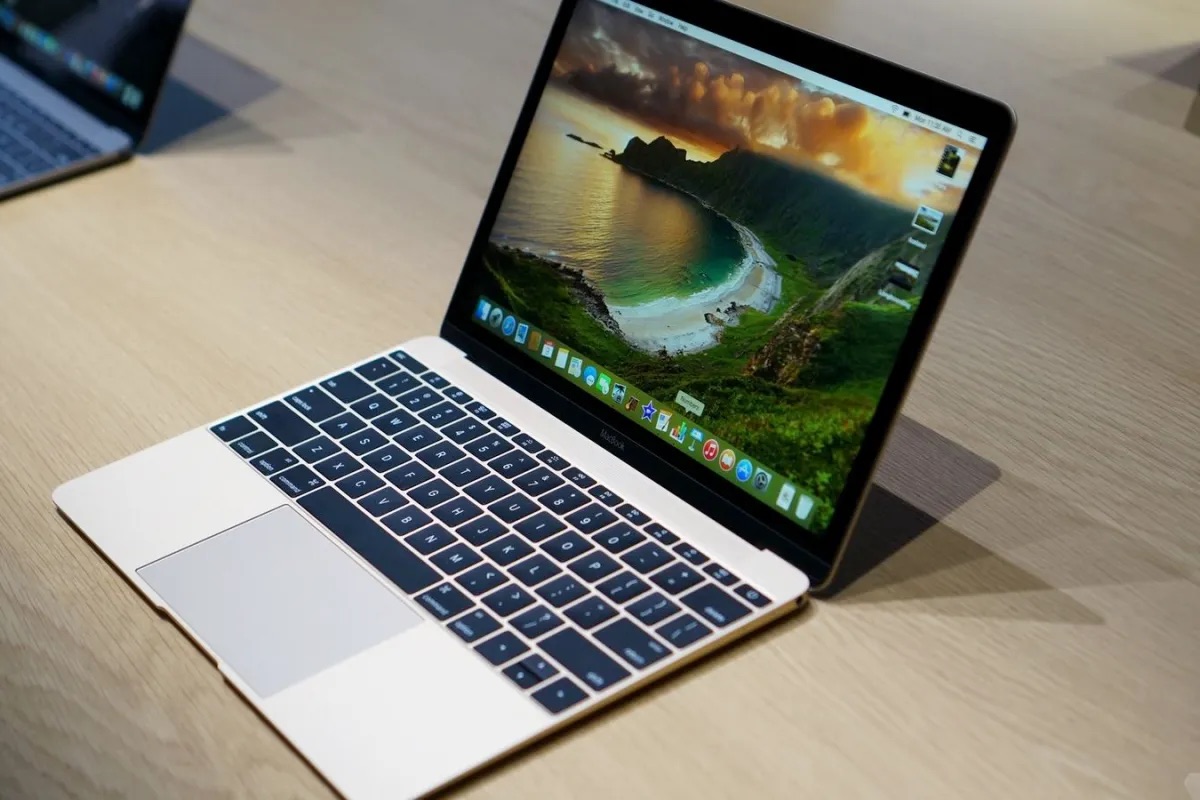
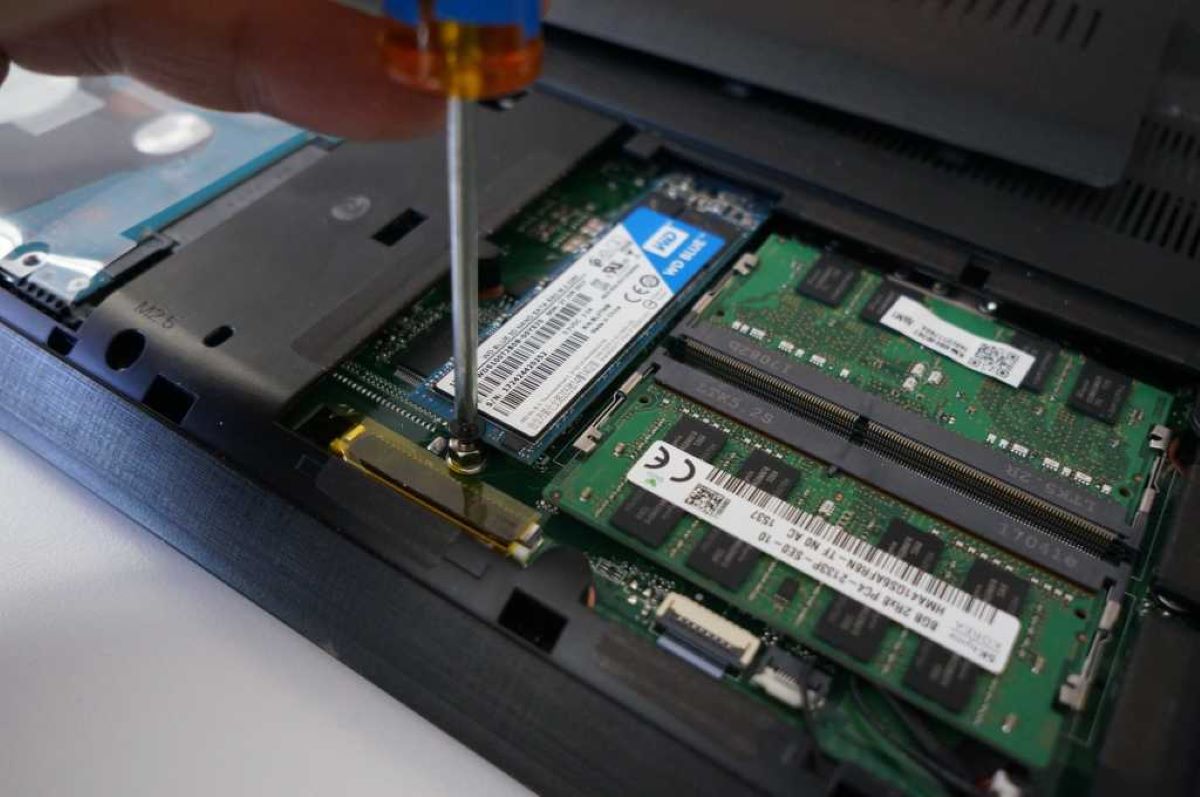
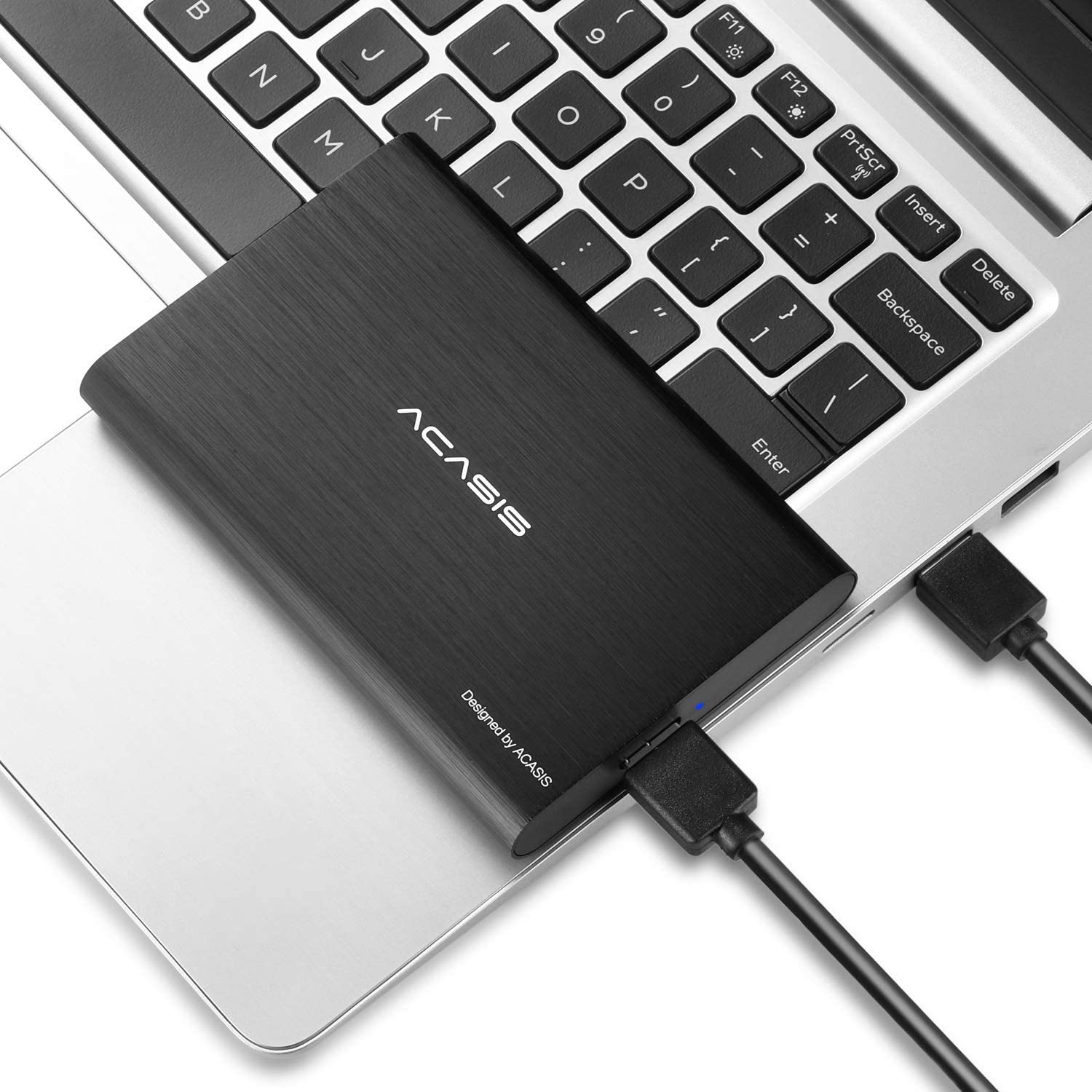
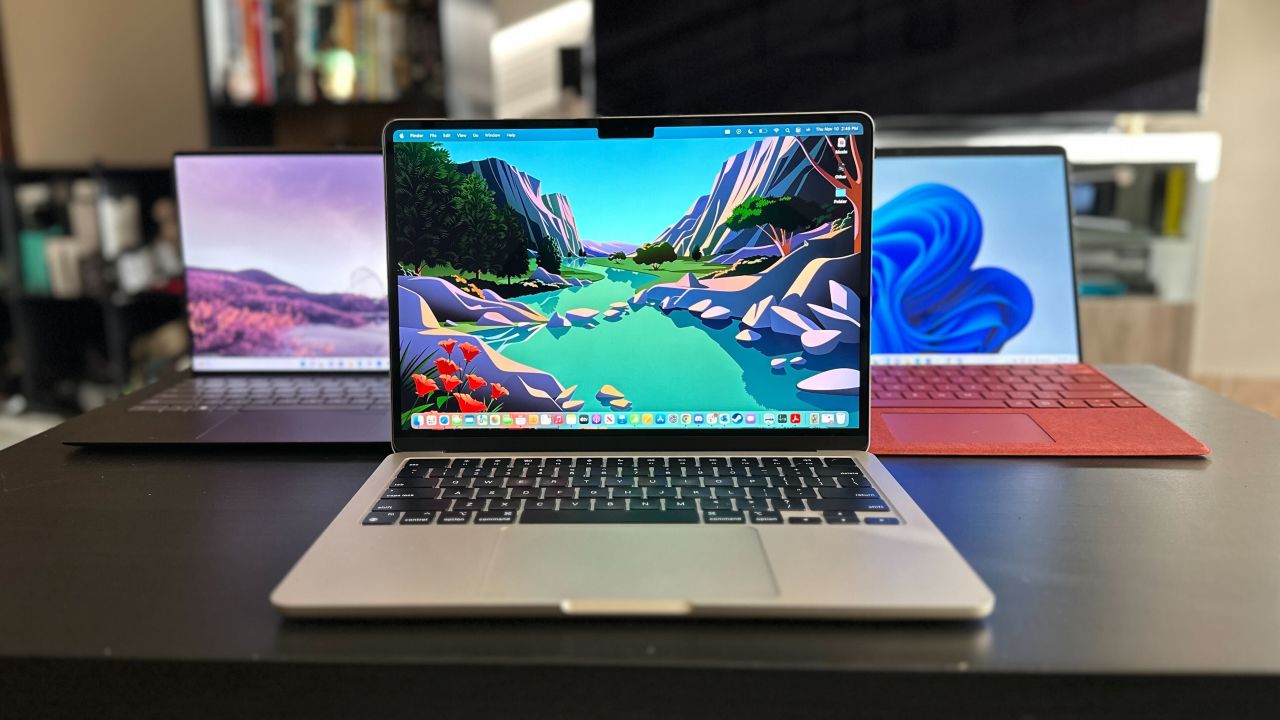



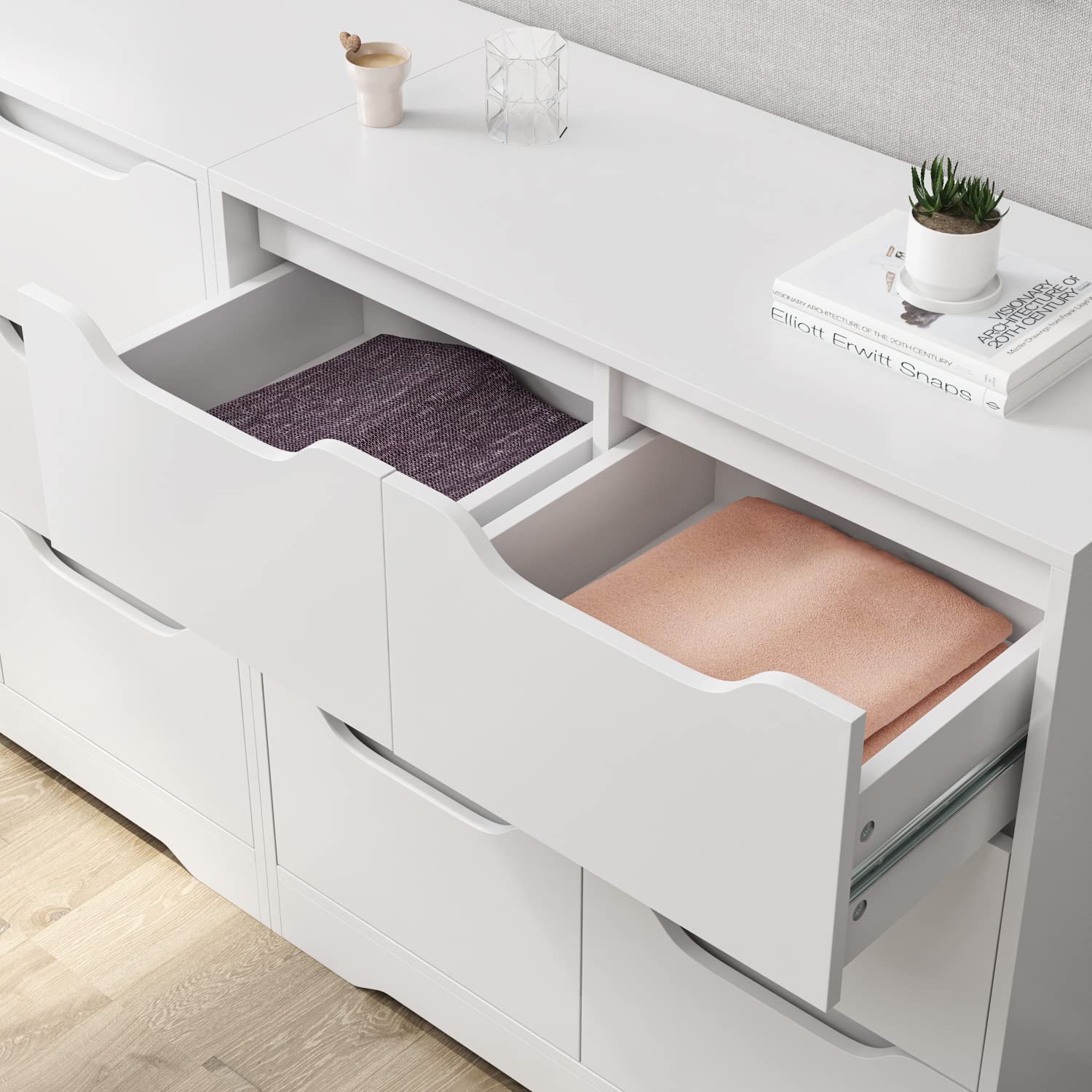
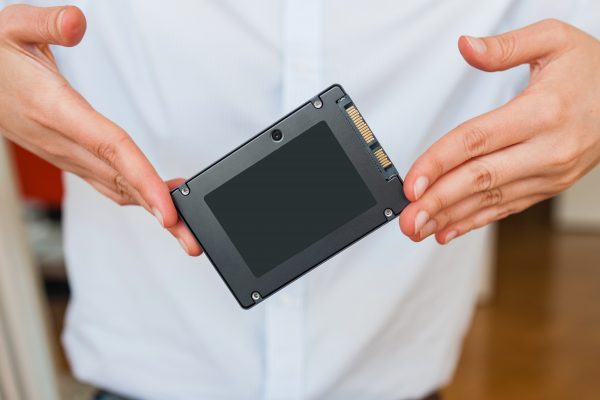
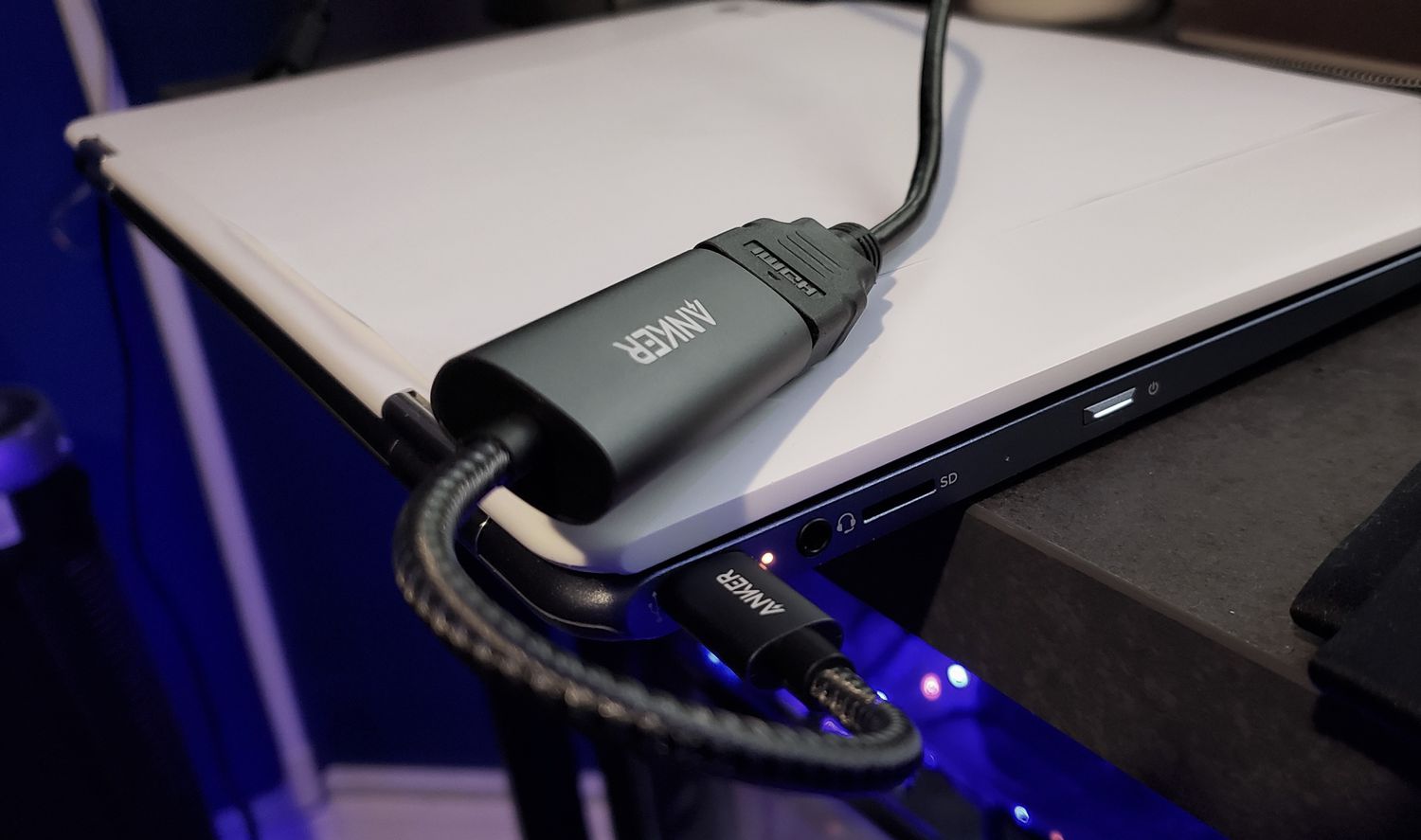
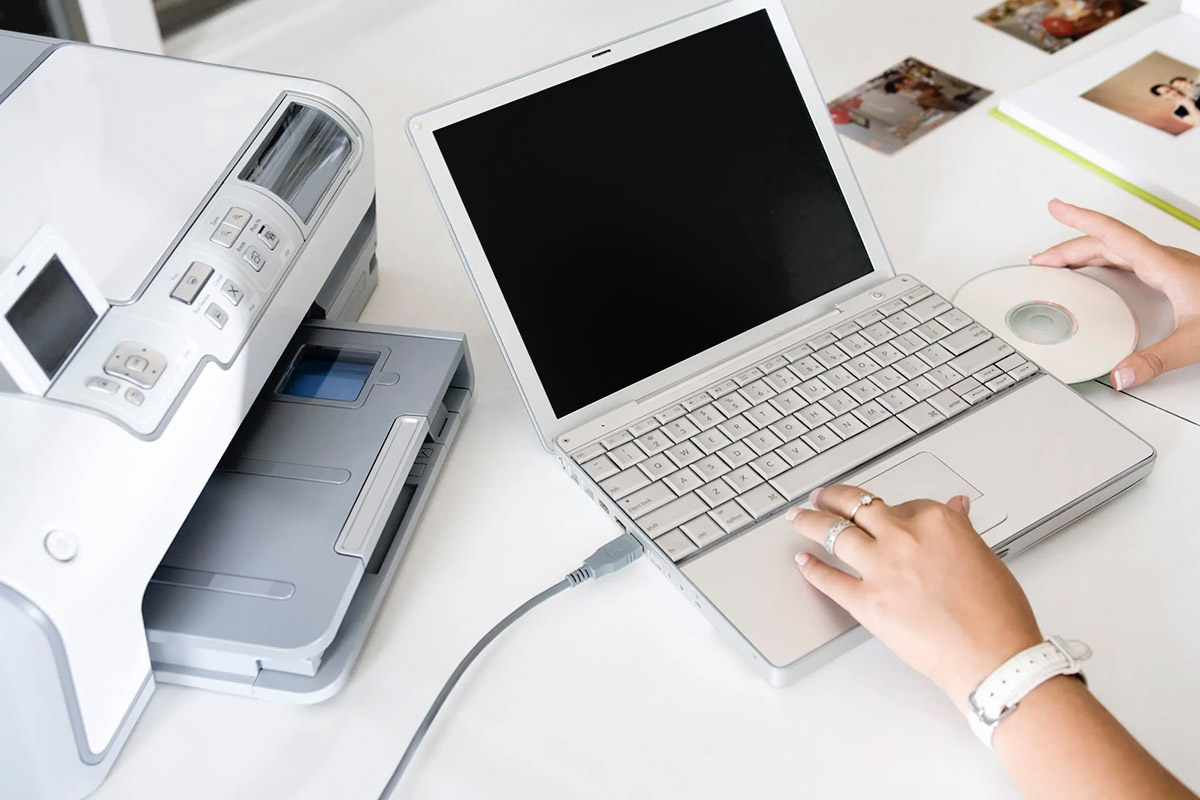


0 thoughts on “How To Add Storage To A Laptop”